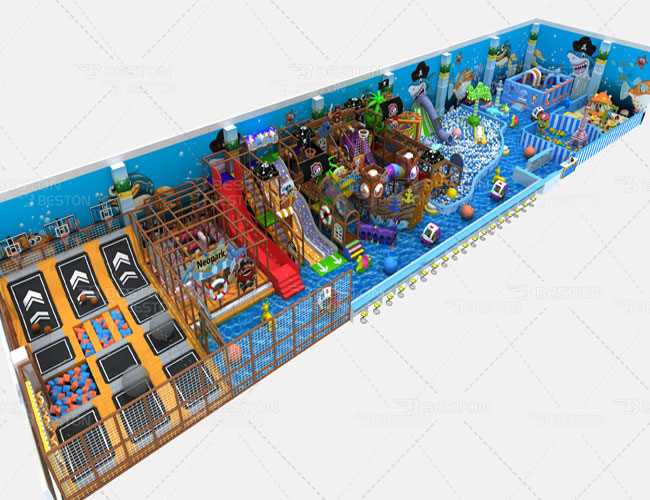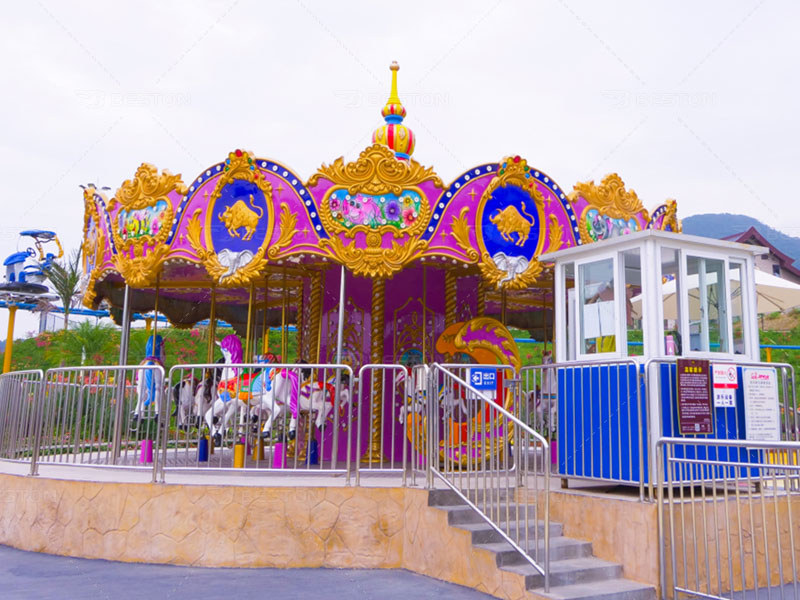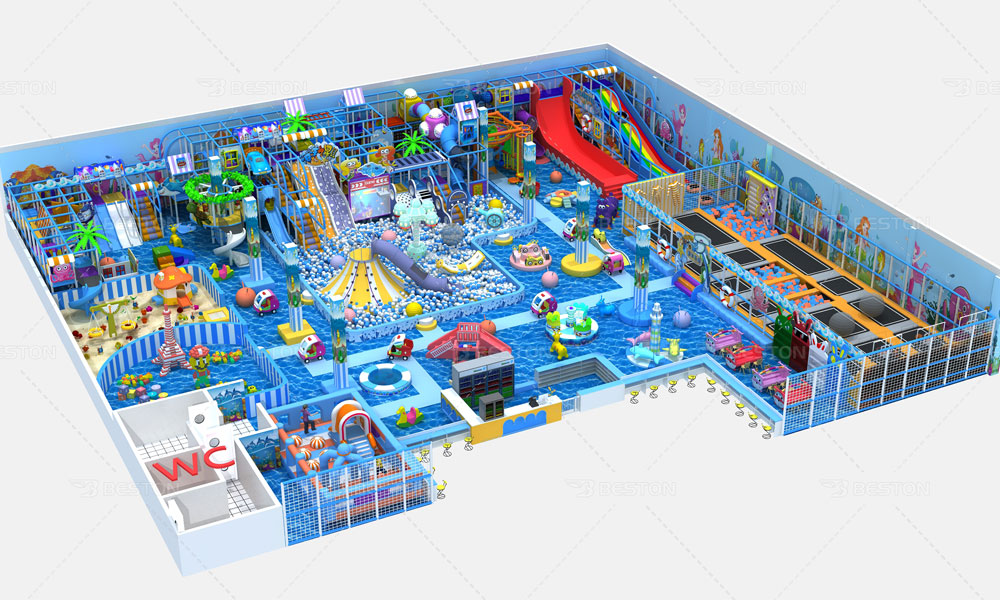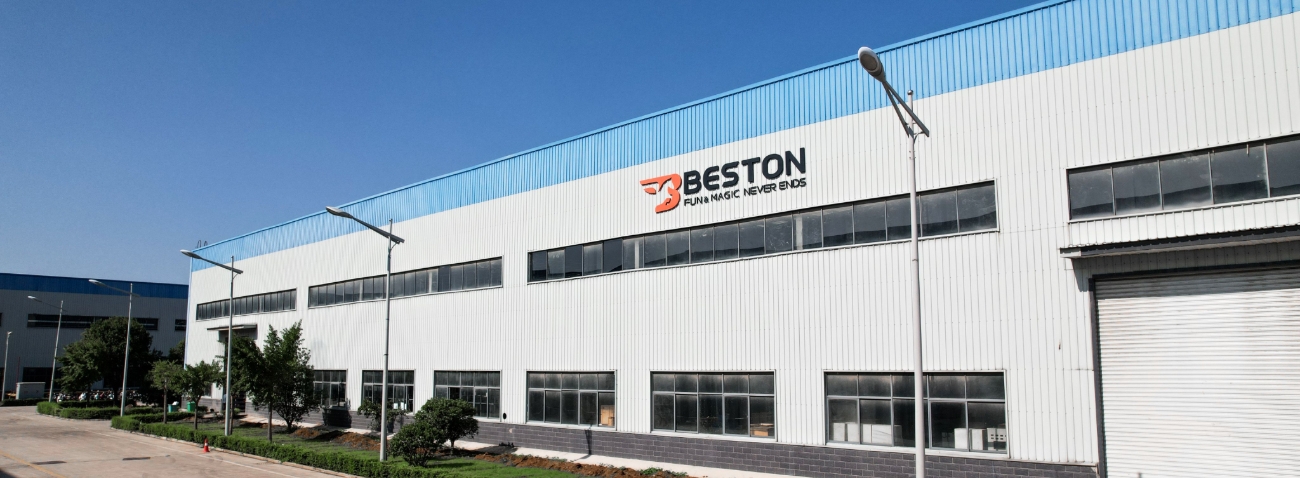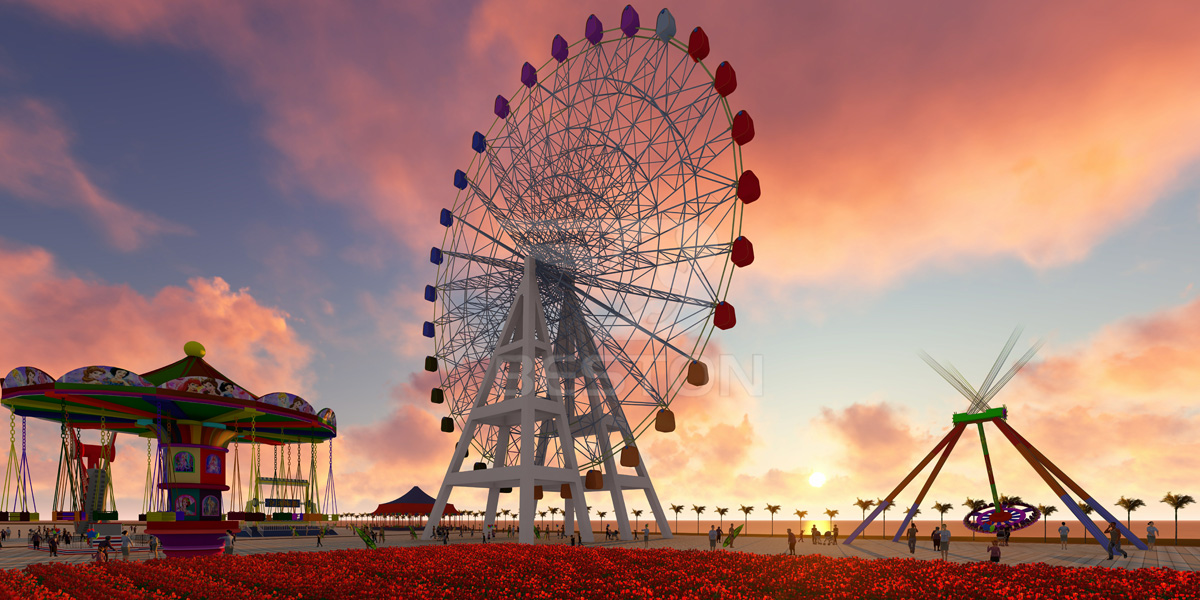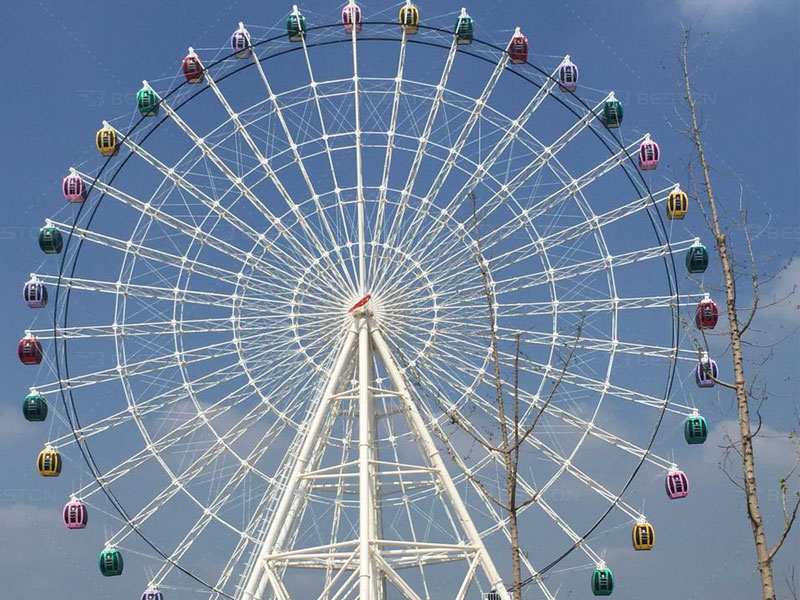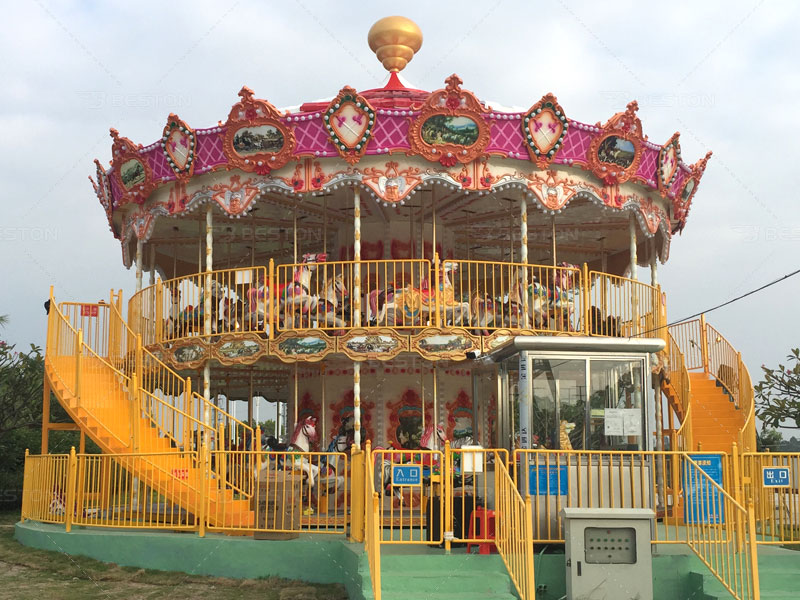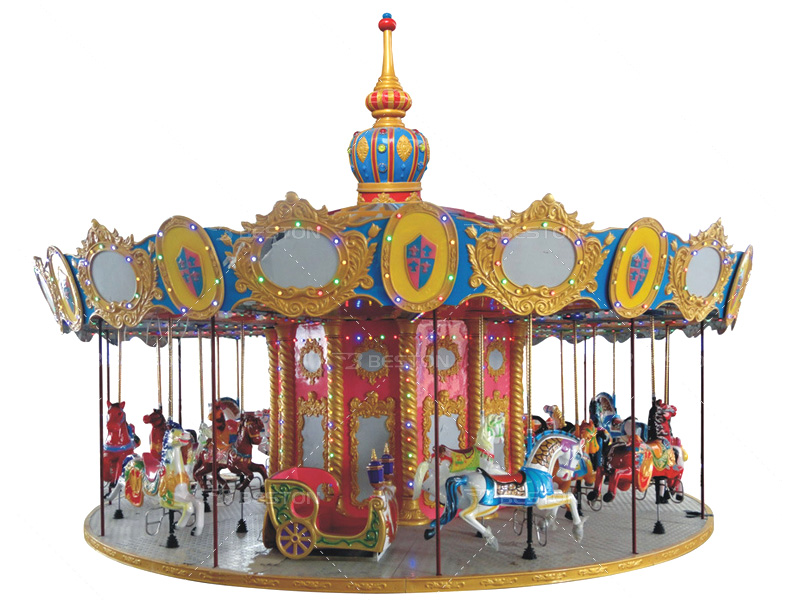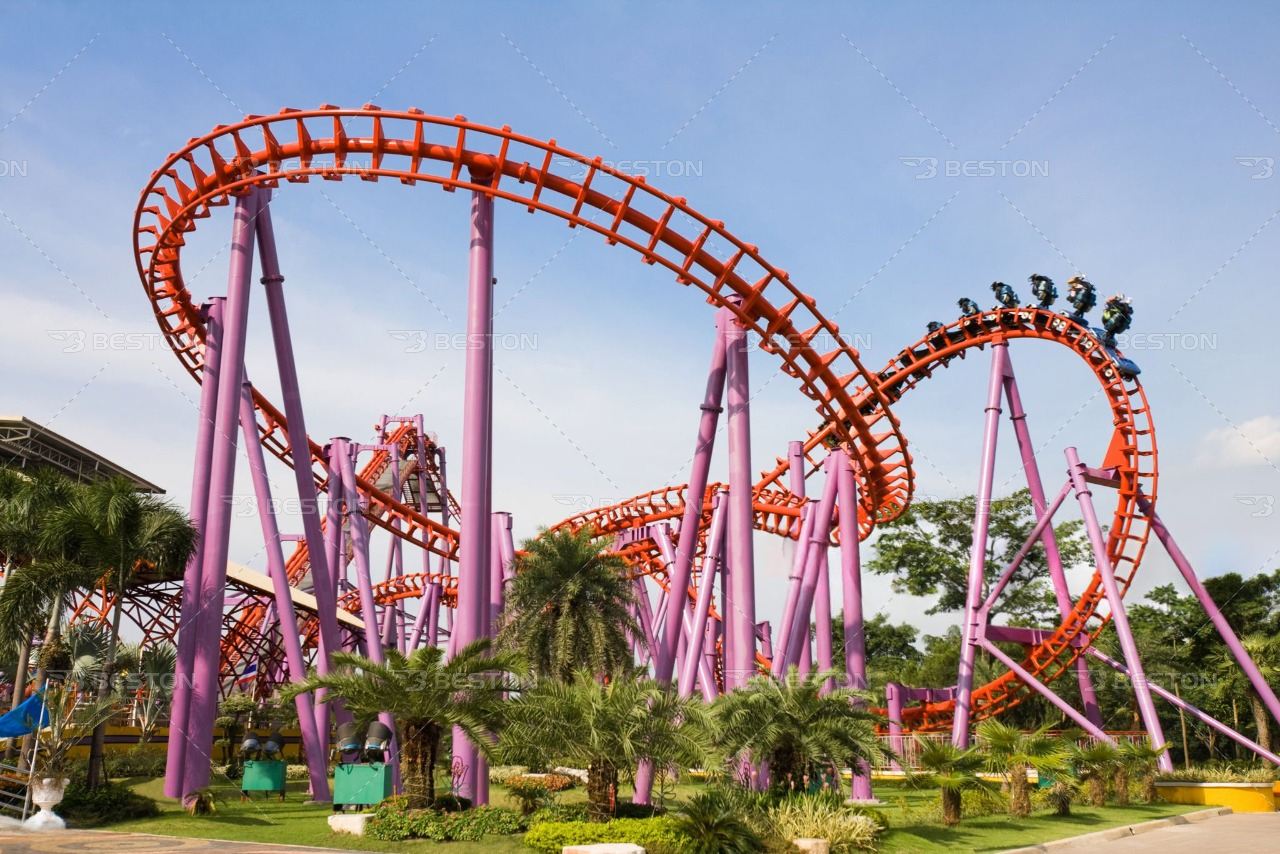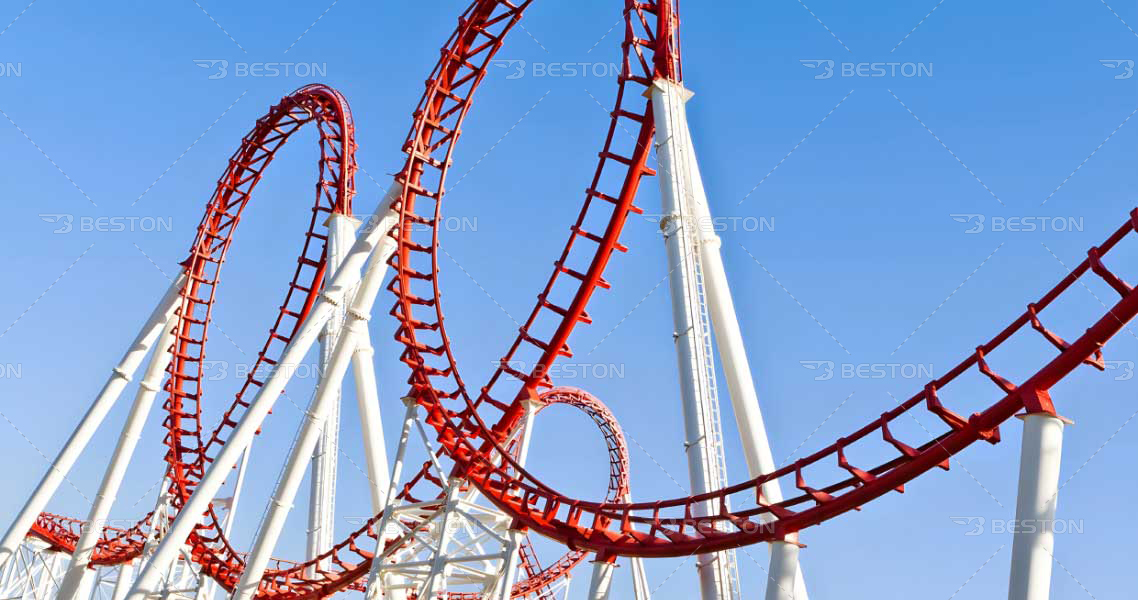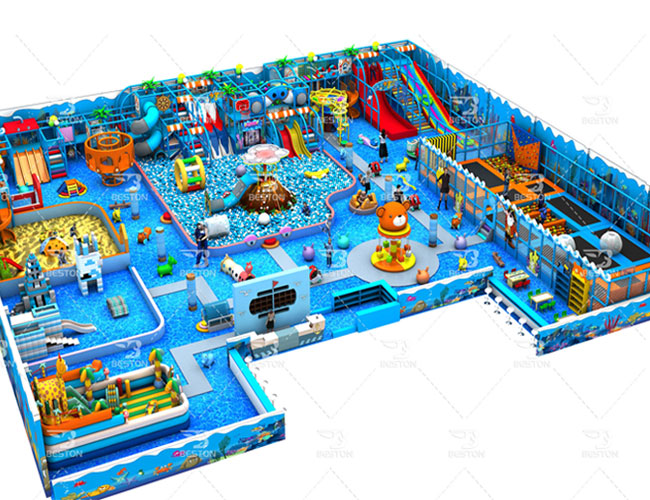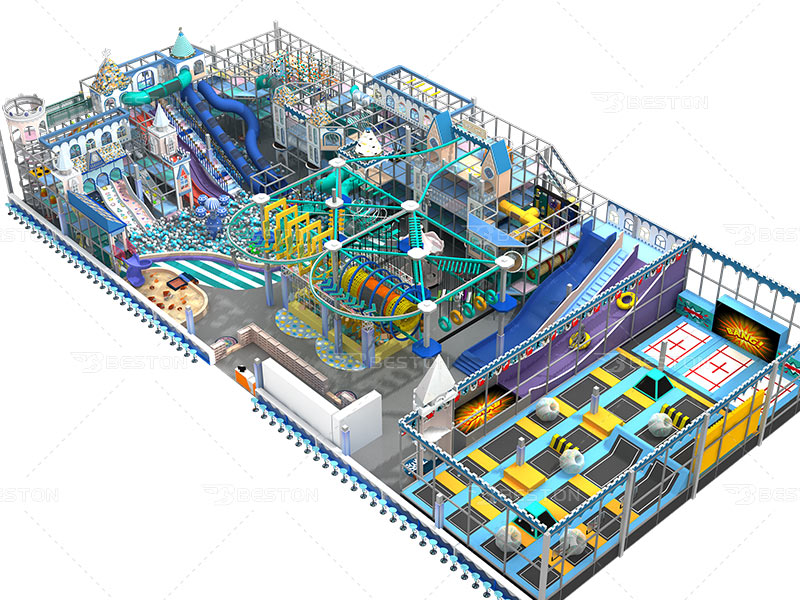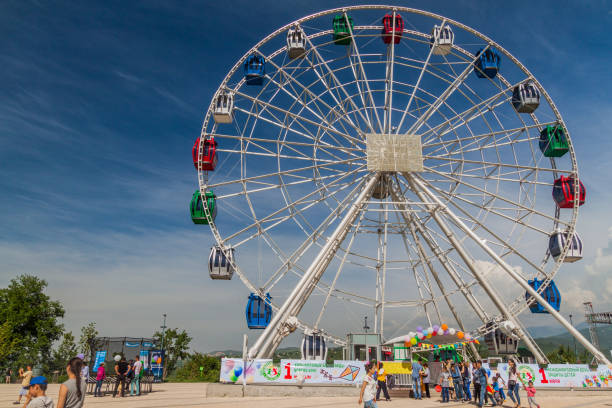Pendulum rides have become iconic in the world of thrill-based attractions. Known for their exhilarating swinging motion, they offer an unmatched combination of height and speed. Customizing pendulum rides with unique themes and event-based experiences can greatly enhance their appeal. This approach not only draws more visitors but also creates lasting memories that keep customers coming back. Let’s explore how theming and events can maximize the attraction's popularity and engagement.
The Power of Theming for Pendulum Rides
Theming is essential for making a pendulum ride stand out. A strong theme can elevate the ride experience, making it more immersive and exciting. For instance, a pirate theme can evoke adventure, with ship-like structures and atmospheric effects such as sails and flags. This creates a storyline that enhances the thrill of the ride, where riders feel like they are on a high-seas adventure.
Other themes could include space exploration, where the pendulum swings through cosmic scenery, or a mythical realm filled with fantastical creatures. The theme can extend beyond the ride itself, incorporating themed decorations, music, and even costumes worn by the staff. These details transform a standard pendulum ride into a memorable experience, appealing to both new visitors and returning guests.
Event Customization for Maximum Impact
Hosting special events tailored to pendulum rides is a powerful way to boost appeal. Seasonal events, such as Halloween or Christmas, allow operators to refresh the ride’s experience, making it feel new and exciting. For Halloween, spooky lighting and eerie sound effects can create a thrilling atmosphere. Similarly, Christmas events with festive decorations and holiday music can make the ride more attractive during the festive season.
Event-based customization is also an effective strategy for targeting specific audiences. For example, family-friendly events, such as themed costume parties or interactive games, can draw in younger guests. Corporate events, like team-building activities, can also be organized around the pendulum ride, allowing large groups to enjoy the attraction together. These events not only increase foot traffic but also create unique, shared experiences that foster engagement.
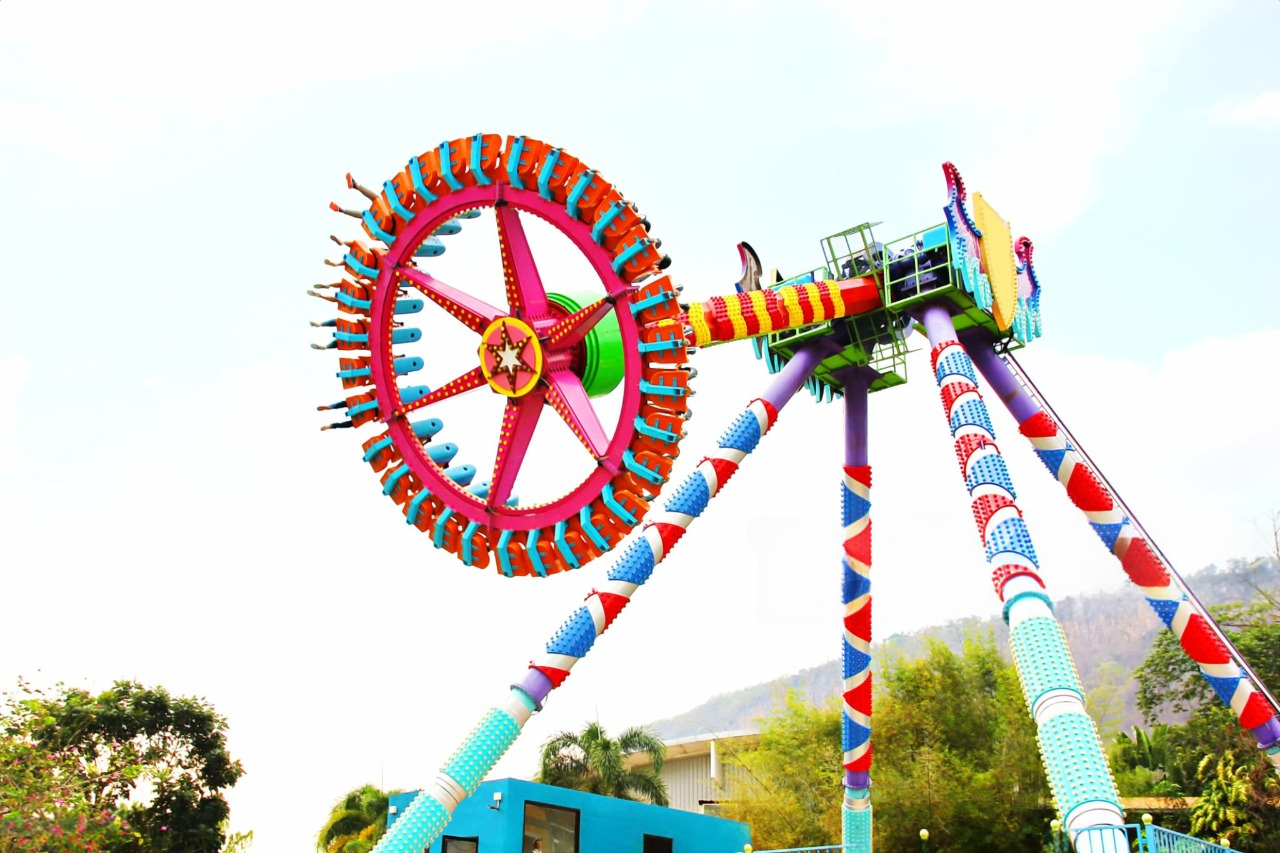
Enhancing the Ride Experience with Interactive Elements
Interactive elements are increasingly popular in modern amusement park rides, and pendulum rides are no exception. By integrating technology, such as motion sensors or light shows, operators can add an extra layer of excitement. These effects can change based on the rider’s movements or actions during the swing, enhancing the thrill and making each ride unique.
Virtual reality (VR) or augmented reality (AR) is another exciting addition to pendulum rides. With VR, riders can feel like they are swinging through outer space or traveling through a fantasy world. These digital enhancements create immersive experiences that heighten the ride's appeal, especially for younger, tech-savvy visitors. Additionally, interactive elements encourage guests to share their experiences on social media, which can amplify the attraction’s visibility.
Selecting the Right Amusement Park Equipment for Sale
Customization begins with selecting the right equipment. When purchasing pendulum rides, it’s essential to focus on high-quality, durable amusement park equipment for sale. The ride’s structure must be sturdy enough to support customization options, whether through aesthetic changes, interactive technology, or seasonal decorations. A reliable manufacturer offering customizable equipment is crucial to executing a successful customization strategy.
Choosing the right pendulum ride also ensures that the ride can handle increased capacity or different event configurations. For example, adding lighting rigs, sound systems, or additional effects requires a robust foundation. Selecting well-designed equipment that is adaptable to various customization needs helps operators create an experience that is both safe and captivating.
Conclusion
Customizing pendulum rides with unique themes and event-based experiences offers a proven way to boost their appeal. From visual themes to interactive elements, there are countless ways to create memorable experiences for guests. With careful planning, operators can transform a standard pendulum ride into a centerpiece attraction that engages visitors, increases foot traffic, and drives higher revenues. By investing in high-quality amusement park equipment and prioritizing customization, operators can ensure their pendulum ride becomes a highlight of the amusement park experience.
